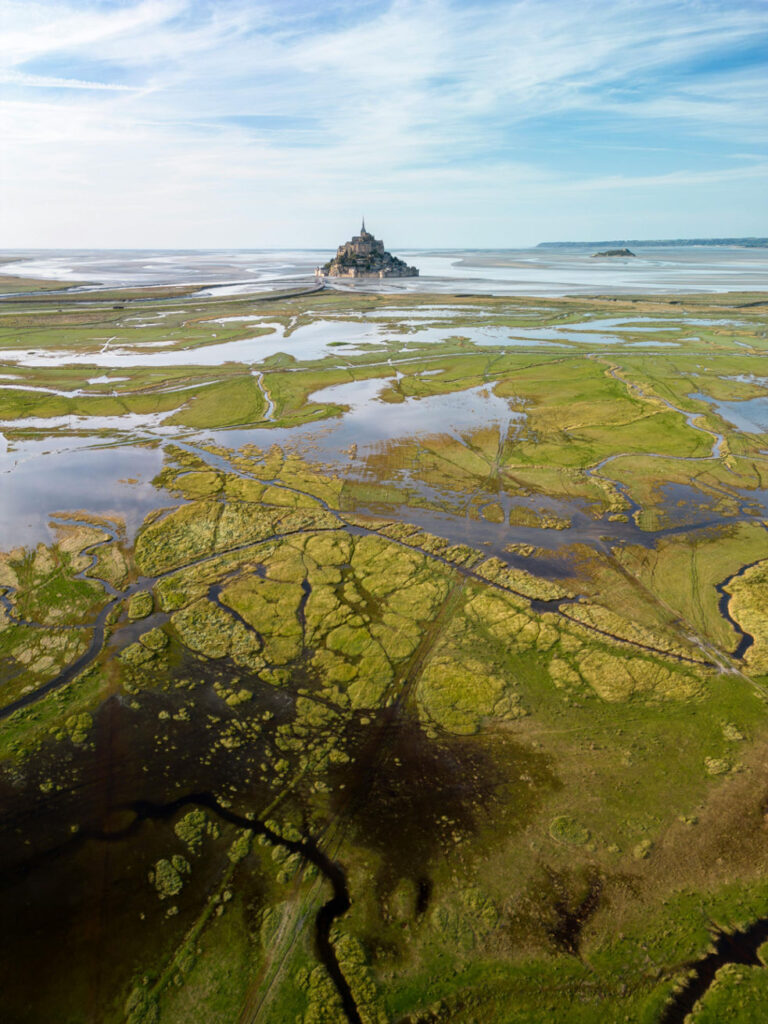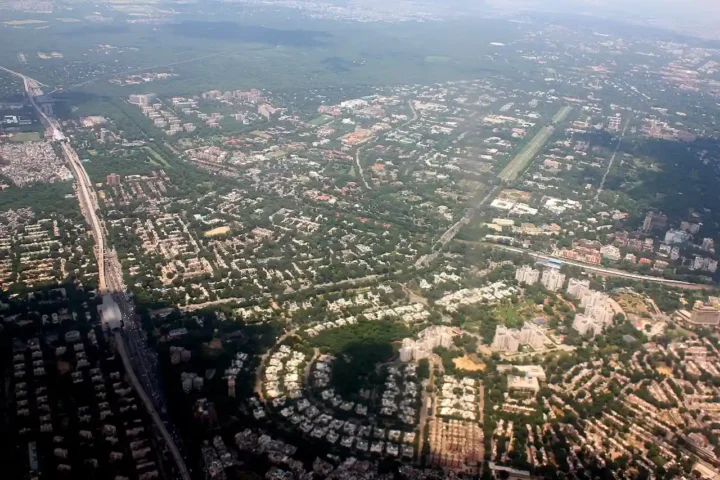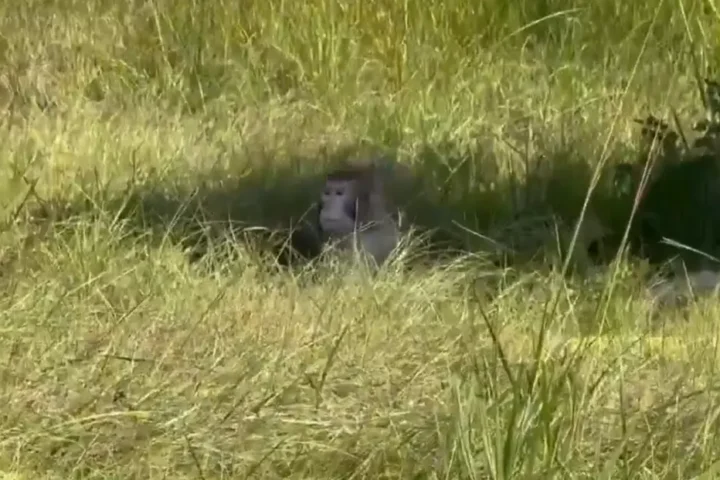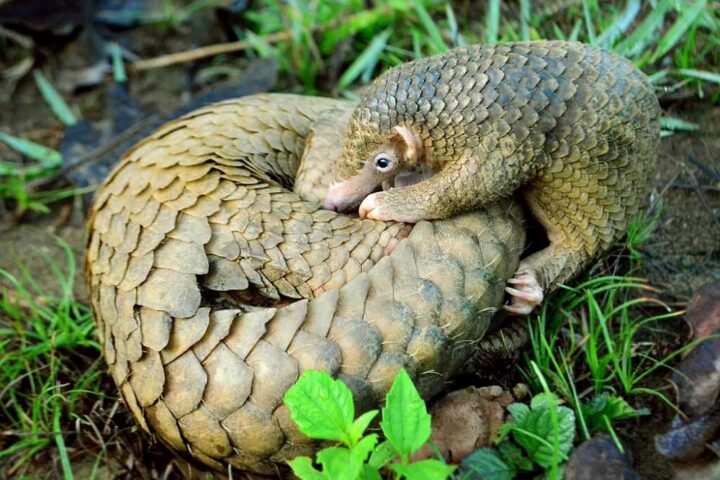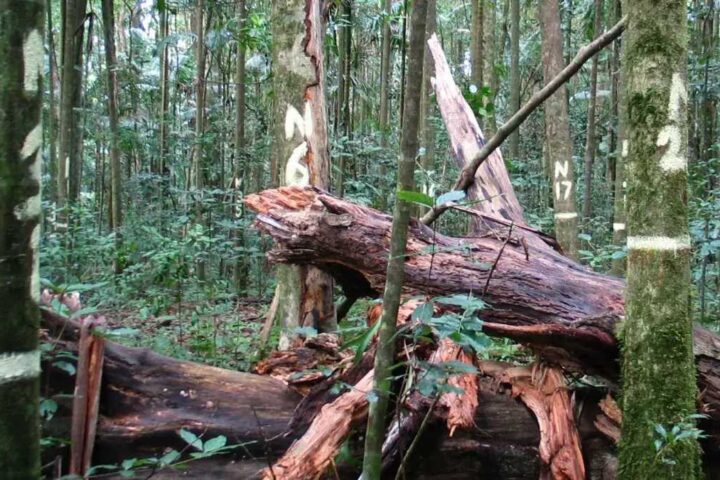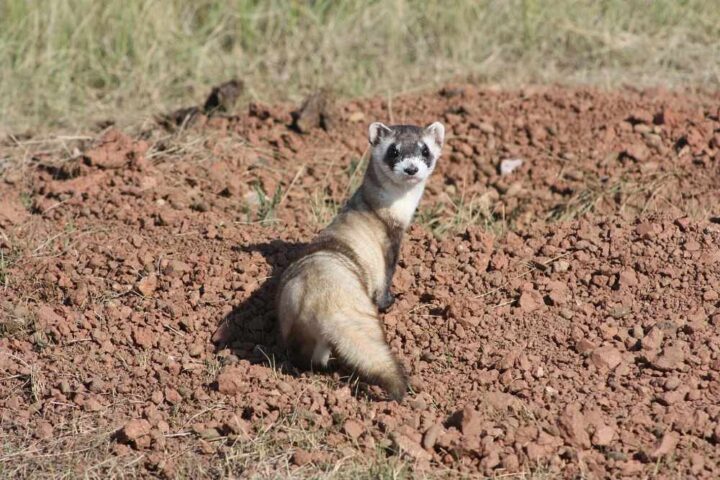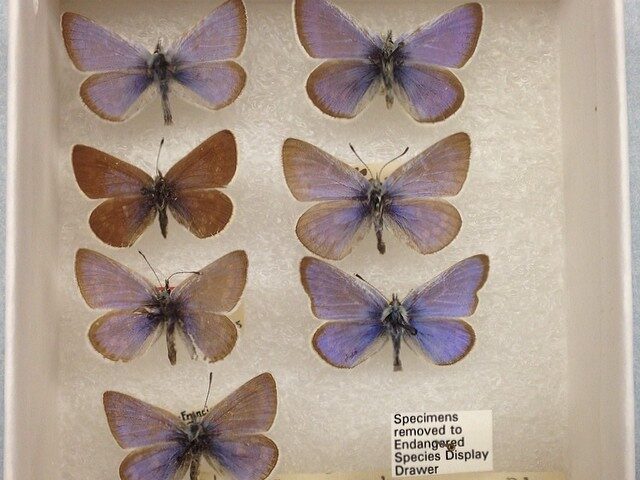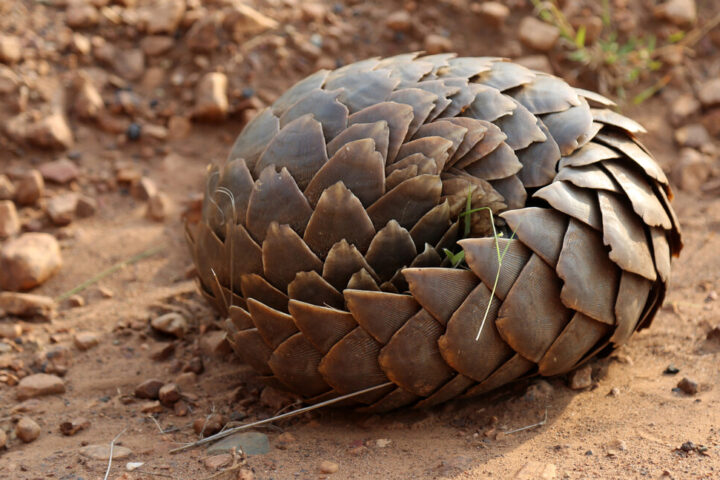Swamps are flat areas, poorly drained, with permanently or temporarily stagnant, shallow water, covered with vegetation. These ecosystems form due to flooding caused by rain, overflow from a river or lake, or tidal action. In coastal areas where freshwater marshes meet saltwater, they are referred to as estuaries or marshes. Swamps are considered wetlands and are included in the RAMSAR protocol due to their critical role in the water cycle.
Relief and Hydrology
Swamps are typically found in low, flat, or depressed areas with poor drainage. These areas are characterised by shallow water and abundant vegetation, which may exist permanently or for extended periods. Water sources include overflow from rivers or lakes and rainfall, which, combined with poorly drained soil, leads to waterlogging. Due to the shallow depth of water, swamps are rich in vegetation but have low levels of dissolved oxygen. The high content of organic compounds and dissolved organic acids in the water results in an acidic pH.
Soil Composition and Processes
Soils in swamps are often subject to permanent or near-permanent flooding, making them anoxic (lacking pure oxygen), which hinders gas exchange. The soil structure is impacted by particle decomposition, with moisture hampering cementation. These soils, often heavy and clay-rich, undergo reduction processes such as denitrification (the conversion of nitrates into nitrogen). A greenish-grey calcareous soil layer is commonly present, a product of ferrous iron due to the reduction process.
Peat Formation and Microbial Activity
In swamps, partial decomposition of organic matter occurs due to excess water, acidic pH, and bacterial action, leading to the formation of peat—a dense carbonaceous substance. The combination of aerobic (with oxygen) and anaerobic (without oxygen) zones fosters diverse microbial processes. Decomposers are particularly active in swamps, and in well-lit areas, sulphides are produced through sulphate reduction. In contrast, in anaerobic and shaded regions, methanogenic bacteria produce methane through methanogenesis.
Climate and Global Distribution
Swamps are found across a range of climates, from tropical to temperate and cold regions. This variability influences the types of swamps and the species that inhabit them. The climate directly affects the hydrology and the types of vegetation that can thrive in these environments.
Types of Swamps
Swamps can be classified based on the salinity of the water or the type of vegetation present.
Saltwater Swamps
Saltwater swamps form on tropical coastlines. Formation of these swamps begins with bare flats of mud and sand that are thinly covered by seawater during high tides. Plants that are able to tolerate tidal flooding, such as mangrove trees, begin to grow and soon form thickets of roots and branches. Mangrove trees often grow on tall, thin roots. The roots anchor sand and other sediments. The growth and decay of the roots increase the accumulation of soil.
Freshwater Swamps
Freshwater swamps form around lakes and streams. Rain and seasonal flooding cause water levels to fluctuate. In the wet soil, water-tolerant vegetation grows and helps maintain a moist, swampy condition.
Flora of Swamps
Swamp flora must adapt to the perpetual presence of water. In brackish marshes, the additional challenge of salinity shapes the vegetation. The swamp ecosystem is not uniform, with areas of dry land alternating with large flooded zones, influencing species distribution.
Grasses and Shrubs
In swampy areas, grasses such as rushes root in the soil, while floating plants include water hyacinths and water lilies. Halophytes, which tolerate salinity, dominate in some areas. These include saltgrass, sea lavender, and saltbush.
Trees
In tropical zones, forested swamps are home to species like the Guiana chestnut, which can reach up to 18 metres in height. Palms, such as labón, palo cruz, and pindó, are also common. In temperate regions, swamp conifers like the swamp cypress are prevalent, especially in the swamps of Louisiana, USA. The American swamp oak and water tupelo are other notable species found in these environments.
Ecological Importance of Swamps
Swamps provide a wide range of essential ecosystem services. They act as natural sponges, absorbing and storing excess water during periods of heavy rainfall and releasing it slowly, which helps prevent flooding and maintains river flow during dry periods. Swamps filter and retain pollutants, sediments, and nutrients from the water, improving water quality before it reaches rivers, lakes, and underground aquifers. They also mitigate the impact of storms and high tides, reducing erosion and protecting coastal and riparian areas.
Additionally, swamps serve as critical habitats for the reproduction and feeding of numerous plant and animal species, including many that are threatened or endangered. These ecosystems support complex food webs, from microorganisms to large predators, contributing to the ecological balance and overall health of the environment. Furthermore, swamps act as carbon sinks, absorbing carbon dioxide and thereby helping to mitigate climate change.
Similar Posts
Difference Between a Swamp and a Reservoir
Swamps are natural formations that develop in areas where water accumulates in the soil for extended periods due to topography, hydrology, and soil type. In contrast, reservoirs are artificially created by constructing dams to store water from rivers and streams. While swamps provide a favorable environment for a wide variety of flora and fauna and offer numerous ecosystem services, reservoirs are built for specific purposes, such as hydroelectric power generation, drinking water supply, agricultural irrigation, and flood control. Swamp waters typically have low oxygen content due to the accumulation of decomposing organic matter, fostering the presence of decomposers. Water quality in reservoirs, on the other hand, can be controlled and managed, although it can also be affected by sedimentation, eutrophication, and pollution.
Maintaining the health of all these ecosystems is vital to combating climate change, biodiversity loss, and preserving important natural resources for humanity. Understanding the characteristics and importance of swamps is crucial for their conservation and the overall health of the planet.
